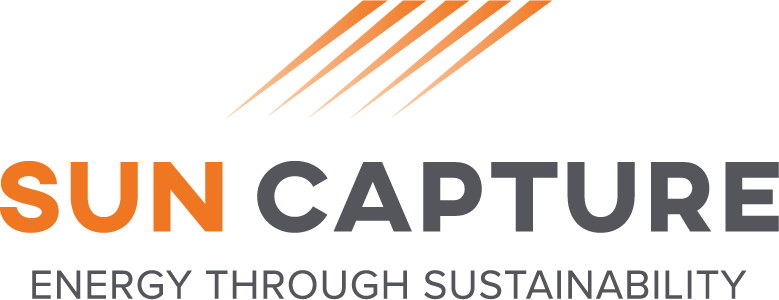The Economics of Commercial Solar Energy: How Market Forces Are Driving Adoption
February 7, 2021 The adoption and implementation of renewable energy sources is spreading like wildfire across the globe. Though renewable energy sources have long been discussed by leaders in business and government, for many years it seemed more of a luxury or a hopeful plan for the future. But then something happened. Little by little, more countries and more businesses adopted renewable energy sources — particularly solar — and the market reacted.
The adoption and implementation of renewable energy sources is spreading like wildfire across the globe. Though renewable energy sources have long been discussed by leaders in business and government, for many years it seemed more of a luxury or a hopeful plan for the future. But then something happened. Little by little, more countries and more businesses adopted renewable energy sources — particularly solar — and the market reacted.
Steadily rising demand for solar energy has resulted in an increase of solar panel production, which has led to a decrease in the price of solar panels. It’s market economics 101. As the demand for commercial solar energy continues to rise, production of panels is going into overdrive, allowing more businesses to adopt solar at a lower cost. Over the last few years, the commercial solar energy market has hit a tipping point. Not only have the price of panels come down, the level of innovation has increased dramatically, making commercial solar energy more efficient and more effective.
What It Means for Saudi Arabia
The market forces that are opening up opportunities for commercial solar energy across the globe are creating the same opportunities for the Kingdom. Vision 2030 is quickly coming to life, thanks to macro and micro economic forces that are driving production, reducing prices and spurring innovation. Saudi Arabia’s own internal market forces are driving adoption as well. Let’s take a look at how macro and micro economics are driving commercial solar energy adoption in the Kingdom and making Vision 2030 a reality.
Macroeconomic Factors
From the larger macro perspective, the aforementioned global forces — rising demand, rising supply and innovation leading to lower prices and increased efficiency for solar panels — are changing the game.
Recently, the largest Chinese solar panel manufacturing companies announced a coming price cut for their panels in 2019 — further boosting demand and production. As a result, Saudi Arabia is perfectly positioned to quickly catch up to other countries who have been leading the charge on renewable energy in adoption.
But economic factors aren’t always driven purely by numbers. Perception can move markets as well. The increase in renewable energy adoption has created market confidence in the viability and benefits of adopting solar energy, leading more countries and businesses to implement the technology. While commercial solar energy may have seemed like a pipe dream 10-20 years ago, it is now considered not only viable, but inevitable. This confidence creates a boost of demand that further moves the solar energy market.
Microeconomic Factors
A closer look at the market forces within the Kingdom paints a clearer picture of how and why commercial solar energy adoption is on the rise. Vision 2030 is driving internal market forces by essentially mandating a change to renewable energy. The government is pulling the levers of the market to ensure that the change to renewables happens by severely rolling back oil subsidies, which will make the cost of electricity rise for businesses. This reality, combined with the global market forces, are quickly spurring the adoption of commercial solar energy in the Kingdom.
Drilling down further, the numbers just make sense for businesses. In the past, the “payback period” — the number of years it took for businesses to recoup their initial investment into solar panels — was approximately 10-12 years. Many businesses were uncomfortable with this time period and were sheepish about adoption.
Today, however, the payback period has dropped to around 7 years or even as low as 4.5 depending on geo location and solar irradiation, and may soon drop further due to a number of factors. The price of raw materials needed to produce solar panels is rapidly decreasing, driving down the cost. Recent innovations — like panels that can produce significant power without receiving full sun — are making each individual panel more efficient and more powerful, increasing the amount of energy that can be produced in a given time.
All of these factors, macro and micro, external and internal, are making commercial solar energy more affordable for Saudi businesses. And make no mistake, the market forces driving adoption today will not slow down anytime soon. Solar energy is essentially eliminating energy scarcity across the globe. Vision 2030 is an attempt to capitalize on this reality and lead the world in the production of solar energy. Saudi businesses are following suit and making solar the energy source that drives their economic engines.
Sun Capture is a solar energy services company in Saudi Arabia helping businesses in the GCC bridge the gap between the current rising energy demands and costs, and the coming national move towards affordable renewable energy. To learn more about how solar can help your energy needs and bring your business in line with Saudi Vision 2030, contact us today.

